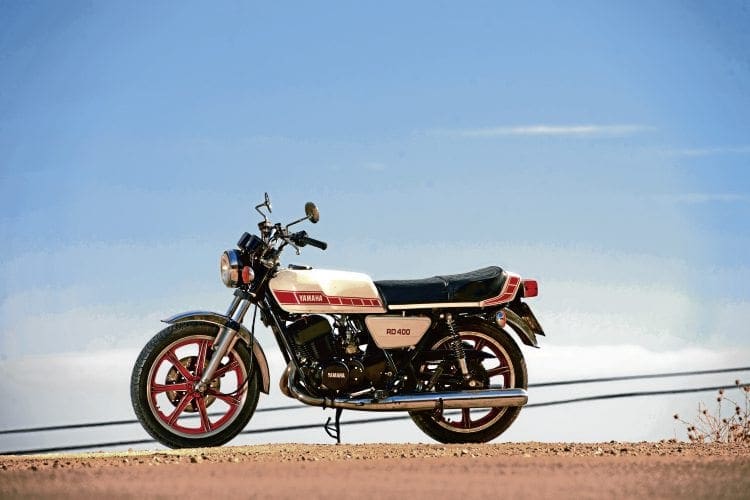Steve Cooper explains why there’s never been a better time to buy a middleweight Japanese classic.
As he stepped off his Panigale, the guy in the Ducati-logoed leathers said: “That’s a nice wee bike.” He was acknowledging a Yamaha XSR700, a modern retro based around a high-tech twin with all the current electronic gizmos and do-dahs.

He’s not the only one who thinks such machinery is diminutive both in stature and capacity, either. The modern biking press also seems to think that anything less than one litre is, at best, a middleweight, but given that the aforementioned Yamaha has significantly more performance than that benchmark of the early 1970s, the Norton Commando, you might begin to wonder why the shift in nomenclature.
Alternatively, you might choose to ignore such twisted logic and go your own way via the classic scene with a true, dyed-in-the-wool middle-weight – and there are some very good reasons for owning one today.
Back when motorcycle engines ran in considered order, references to machine masses generally followed a semi-logical route. Two-fifties were lightweights, 350s and 500s middleweights and anything larger heavyweights or, latterly, ‘superbikes’. Road racing, and particularly the TT, followed a similar system with ultra-lightweight, lightweight, junior and senior.
With the advent of full 750s and over in the guise of Honda’s CB750/4, Suzuki’s ‘Kettle’, Kawasaki’s Z1 and so on, bikes in the 350 to 500cc bracket became the true middleweights and the all-things-to-all-men motorcycles. They were fast enough to keep up with the traffic, light enough to be manoeuvrable in the garage and workshop, and relatively easy on the wallet as well.
Read more in October’s issue of OBM – on sale now!





